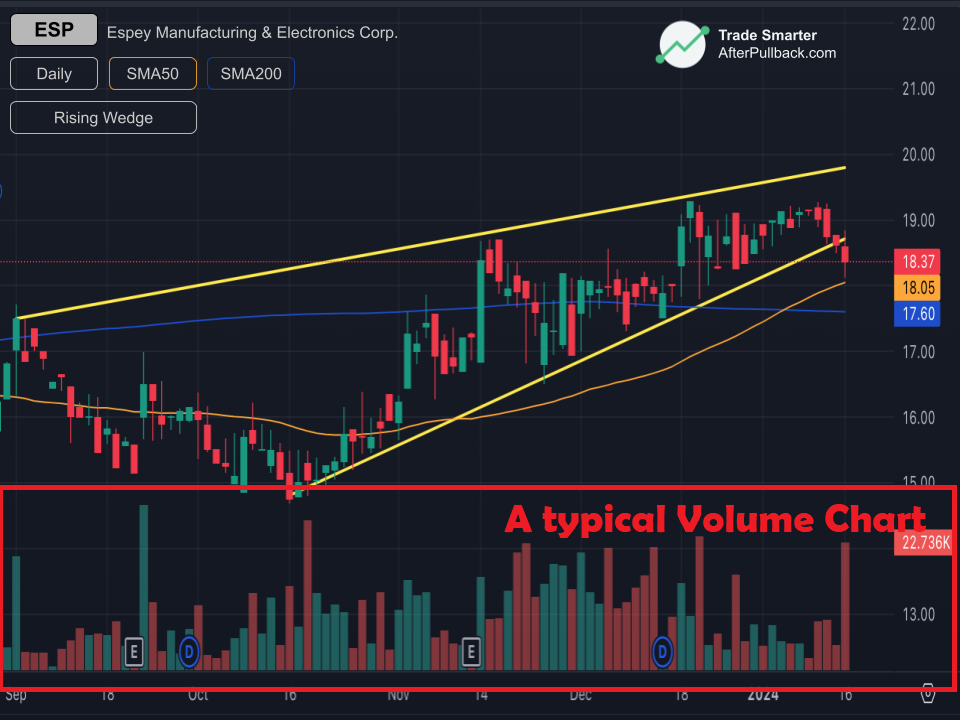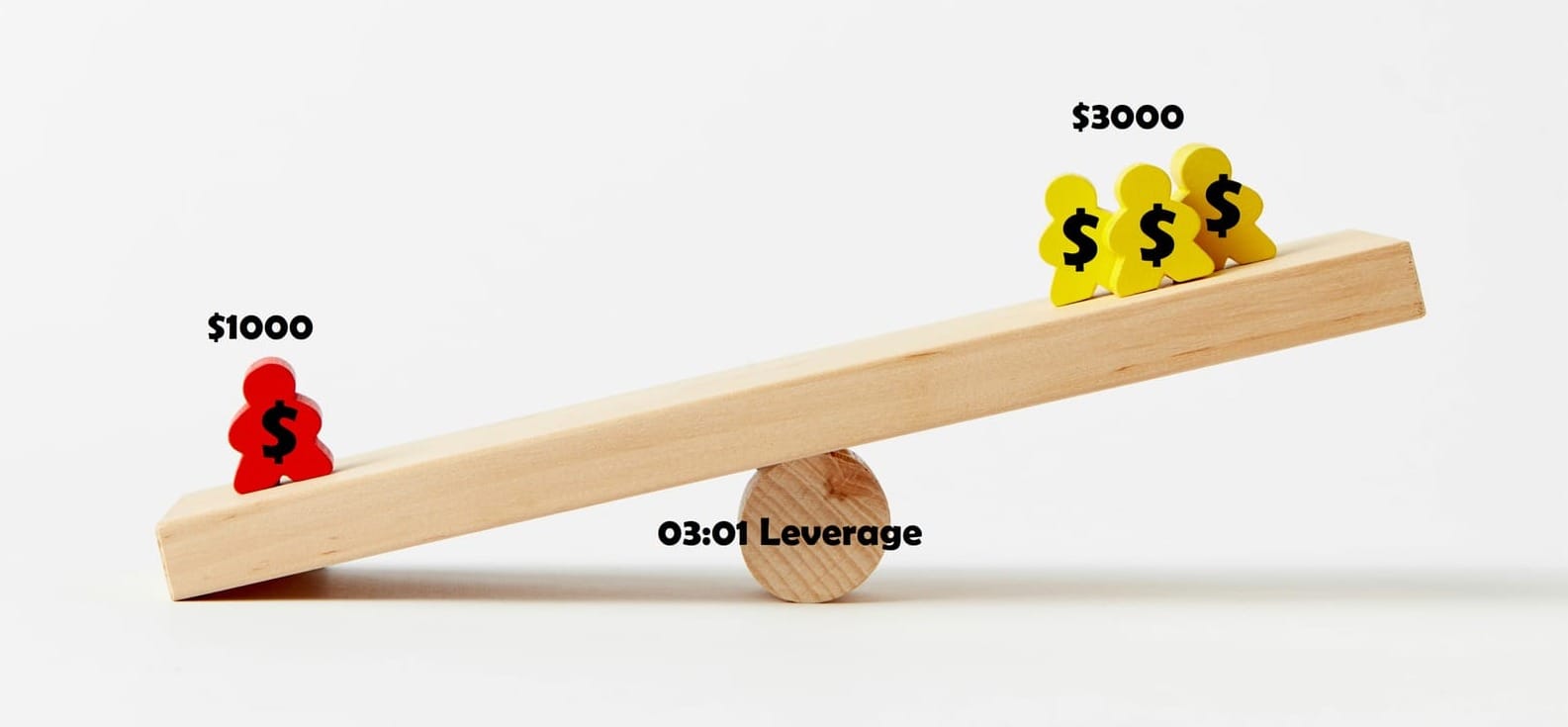Forex Swing Trading- Is it right for me?

Unlike stock markets with limited trading hours, Forex offers a dynamic, 24-hour marketplace, allowing you to capitalize on trends without the relentless pressure of day trading. This flexibility, coupled with the extended hold times of swing trades, frees you from the stress of constant monitoring and chasing every market tick.
So, In the blogpost below,
We will explore Forex swing trading and how it can transform your trading experience.
Lets Start!
Key Takeaways:
- Forex, Leverage the flexibility of swing trading to hold positions for days or weeks, freeing yourself from the pressure of constant monitoring.
- Employ technical indicators like moving averages, RSI, and support/resistance levels to identify trends and potential entry/exit points for your trades.
- Implement a well-defined trading plan that outlines your entry and exit criteria, risk management strategies, and money management rules.
- Continuously educate yourself on economic news, technical analysis tools, and new trading strategies to stay ahead of the curve.
Why Choose Forex for Swing Trading?
This is the first question that every trader asks when looking for avenues of swing trading.
Well,
There can be many reasons for this.
The First One is
Forex Markets Offer High Liquidity
How much Liquidity?
Based on the Federal Reserve Bank of New York website, the most recent data shows an average daily volume of $1,021.0 billion in October 2023 for total OTC foreign exchange instruments.
This is a colossal figure and gives you an estimate of the liquidity involved!
This means that there are always plenty of buyers and sellers, which makes it easier to enter and exit positions quickly and at favorable prices with tight spreads (the difference between the bid and ask price) compared to other markets.
Forex Market is a 24-hour Market
The forex market operates 24 hours a day, five days a week, so you can swing trade forex whenever it fits your schedule, even if you have a day job. This flexibility is a significant advantage for swing traders.
Another favorable aspect for Swing traders is
Forex Markets are Volatile
This Volatility creates opportunities for swing traders to profit from price swings. However, this Volatility also comes with increased risk, so it's essential to have a solid risk management plan in place.
Another Point to consider is that,
Forex Markets offer Leverage
Many forex brokers offer Leverage, which can magnify your potential profits (and losses). While Leverage can be an excellent tool for swing traders, it's essential to use it cautiously, as it can also amplify losses.
What are the Strategies for Swing Trading in Forex Market?
Like trading in any other market, Successful forex swing trading hinges on Crafting high-probability trade setups identifying high-probability trades with a solid risk-reward profile.
You may be looking for Swing Trading opportunities in a range-bound market or a Trending Market, but the fundamentals of every trading strategy remain the same.
Here is a breakdown of the critical components that make up a robust swing trading setup:
Strategies for entering the trade
The first thing experienced traders do when entering a trade is to
Use Technical Indicator Signals like moving averages and RSI as starting points for entering the trade
For Instance, a swing trader analyzing the GBP/USD chart may see a consistent uptrend with the price trading above a rising 50-day MA. This suggests a bullish market. A potential entry point could be when the price breaks decisively above a short-term resistance level situated near the current price, indicating a potential continuation of the uptrend.
Experienced traders also use Price Action Analysis for the identification of such entry points
Why?
Because
Price is the King!
the market itself speaks volumes through price movements, chart patterns like head and shoulders or double tops/bottoms offer visual cues for potential entry and exit points.

Strength lies in numbers!
So, when swing trading, Don't rely solely on a single indicator. Look for confluence, where multiple indicators and price action elements point in the same direction. This strengthens the overall validity of your trade setup.
And
How to Exit the Trades?
Exiting a trade at the right time is just as crucial as entering.
Reversal Patterns, such as Bearish Engulfing Patterns, head-and-shoulder patterns, or even support and resistance levels, can identify the exit areas.

Volume confirmation and examining the overbought/oversold conditions can help you identify the areas to exit the trades promptly.
Volume Confirmation from scanners can help you gauge market sentiment. High volume on a breakout from a price pattern might indicate strong momentum, potentially a good time to exit with a profit.

Similarly,
Overbought/oversold signals from scanners can warn of potential trend exhaustion, suggesting a possible exit point before a reversal.
Role of Fundamental Analysis in Forex Swing Trading
While technical analysis plays a significant role in forex swing trading, some swing traders also incorporate fundamental factors to confirm or gain a broader understanding of potential trends.
Economic data releases like Gross Domestic Product (GDP) growth figures, interest rate decisions, and unemployment rates can significantly impact currency valuations. Strong economic data often strengthens a currency, while weak data can lead to depreciation.
For Example, If you are considering a trade in, let's say, USD/CAD (US dollar vs. Canadian dollar) forex pair through technical analysis, you may also consider upcoming economic data releases in both countries. If US GDP growth data is expected, it could further strengthen the uptrend for USD/CAD as investors flock to US dollars. Conversely, weak Canadian employment data might amplify the uptrend.
Similarly,
Geopolitical events like trade wars, natural disasters, or political unrest can create market volatility and impact currency valuations. For Instance, a trade war between the US and China could weaken the Chinese yuan (CNY).
Similarly, some upcoming political elections in the Eurozone could lead to uncertainty and potentially weaken the Euro (EUR). This knowledge could strengthen a swing traders' conviction about the downtrend and influence their decision to enter a short position (selling EUR/USD) or exit any existing long positions.
Risk Management in Forex Swing Trading:
Forex swing trading offers the potential for significant profits but also carries inherent risks. Effective risk management protects capital and ensures long-term trading success.
A stop-loss order is an essential tool that automatically exits your position when the price reaches a predetermined level, limiting potential losses. Setting a stop-loss order forces discipline and prevents emotions from influencing your trading decisions.
For Example, If a a swing trader enters a long position (buying EUR/USD) at 1.2000 based on technical analysis suggesting an uptrend, They should also place a stop-loss order at, for example, 1.1800. If the price unexpectedly falls below 1.1800, the stop-loss order will be triggered, automatically selling their EUR/USD position and limiting the potential loss to 200 pips (1.2000 - 1.1800).
Proper Risk Management also involves taking care of the
Position sizing. This calculates the appropriate trade size based on your account capital and risk tolerance. Risking too much capital on a single trade can lead to significant losses and potentially wipe out your account.
And last,
Diversifying your swing trading portfolio across multiple, non-correlated currency pairs helps spread your risk and reduces the impact of any single losing trade. If one currency pair moves against you, the gains from another pair might help offset the losses.
For Example, Instead of focusing solely on EUR/USD, a swing trader might include other currency pairs in their portfolio, such as USD/JPY and GBP/AUD. By diversifying across these non-correlated pairs (meaning their price movements are not necessarily linked), the trader reduces their overall risk exposure to any single currency or market event.
What are the Drawbacks of Forex Trading?
Well,
Forex trading offers the potential for high profits but also carries inherent risks that can lead to significant losses. Before diving into the forex market, it's crucial to understand these drawbacks and carefully assess your risk tolerance.

One of the foremost risks with Forex is
Forex brokers offer Leverage, allowing traders to control a more prominent position size than their actual account capital. While this can magnify potential profits, it also amplifies potential losses.
Imagine a trader with a $1,000 account enters a long position (buying EUR/USD) at 1.2000 with 50:1 Leverage. This effectively controls a $50,000 position (1,000 x 50). If the EUR/USD falls just 2% to 1.1800, the trader would incur a $1,000 loss, wiping out their entire account balance.
Similarly,
High Volatility can also be a disadvantage for swing traders
You see, In the forex market, prices can fluctuate significantly and rapidly. This Volatility can create opportunities, but it also presents a significant risk for swing traders holding positions for days or weeks.
For Example, Let's say a swing trader enters a long position (buying AUD/USD) at 0.7500 based on technical analysis suggesting an uptrend. However, unexpected economic data releases trigger a sudden sell-off in the Australian dollar, causing AUD/USD to plunge 5% to 0.7125 within a few hours. The trader suffers a significant loss, highlighting the risk of unexpected Volatility in the forex market.
Similarly,
The forex market operates 24/5, unlike stock markets with specific trading hours. While this offers flexibility, it can also lead to the temptation of constant monitoring and potentially impulsive decisions based on overnight price movements.
As an example, Let's say, A swing trader monitors their long position (buying GBP/USD) overnight while on vacation. Suddenly, they wake up to breaking news, causing a flash crash in the British pound. Fearing further losses and without time for proper analysis, they exit the trade at a significant loss. This scenario highlights the potential downsides of constantly feeling pressured to connect in a 24-hour market.
There is another kind of risk associated with the Forex Market as well.
The Counterparty Risk
Imagine you enter a short position (selling USD/CHF) with a less-regulated forex broker. Unfortunately, the broker encounters financial difficulties and goes bankrupt. If this happens, you might face challenges recovering funds or closing your position, potentially suffering significant losses.
This is counterparty risk, a potential risk of your broker defaulting or being unable to fulfill its obligations on the contract.
And the last
The Transaction Costs
Forex brokers charge commissions and spreads on each trade. Commissions are direct fees, while spreads are the difference between a currency pair's bid (buying) and ask (selling) price. These costs can accumulate over time, eroding profits, especially for swing traders with frequent entries and exits.
How to Get Started with Swing Trading Forex
By Now,
If you have decided to explore the forex market,
To start on the right foot,
Here are some pieces of advice before diving into the live market,
Start with a Demo Account
Before risking real capital, familiarize yourself with the forex market and your chosen swing trading strategy using a demo account. Most forex brokers offer demo accounts with virtual funds, allowing you to practice placing trades, implementing your strategy, and experiencing the market dynamics in a risk-free environment.
&
Keep track of Economic Calendars.
Stay informed about upcoming economic data releases that can influence forex market movements.
& Last, Keep a Solid Trading Plan like the one we have covered above.
Conclusion
Forex swing trading offers a compelling alternative to day trading, allowing you to capitalize on market trends while avoiding the constant monitoring demands.
But,
Despite its potential rewards, Forex also carries inherent risks.
Remember,
the market can be volatile, and Leverage can magnify profits and losses. Carefully consider your risk tolerance and conduct thorough research before venturing into the forex market. Start with a demo account, develop a sound trading plan, and prioritize risk management to increase your chances of success.
Trade Smarter!





